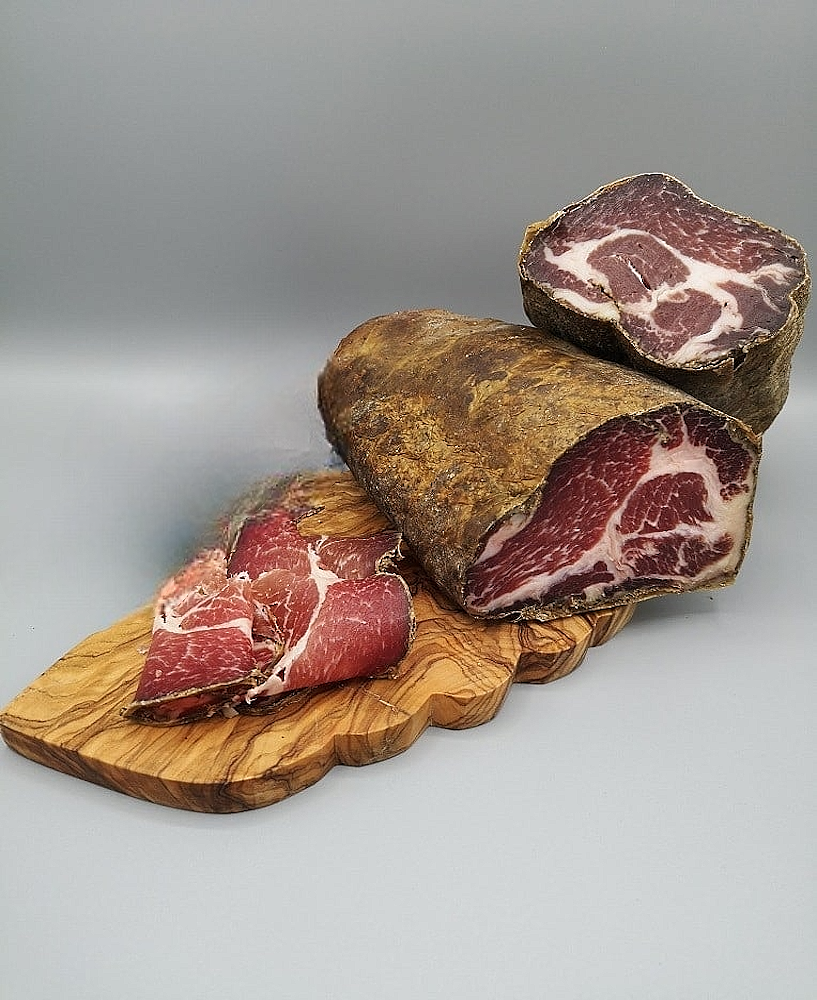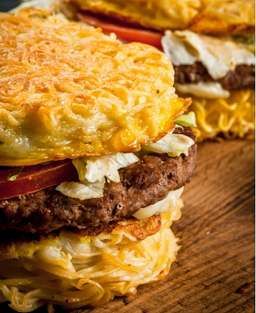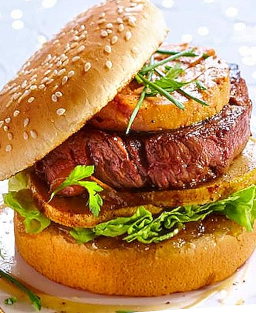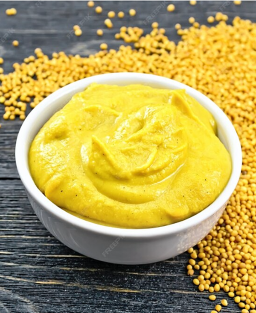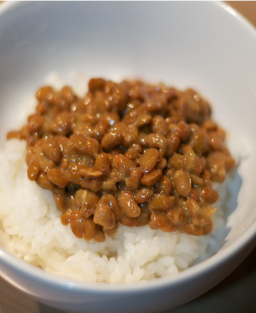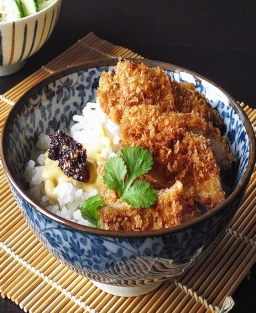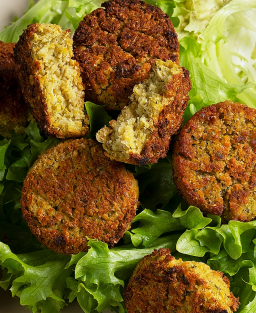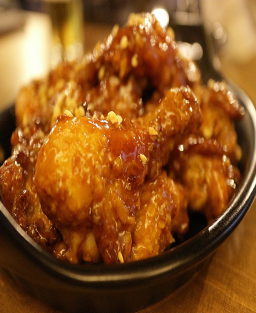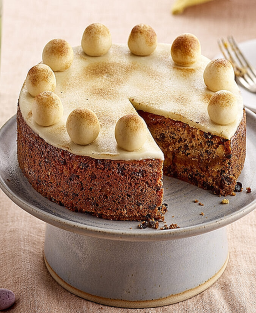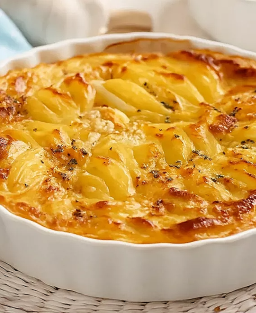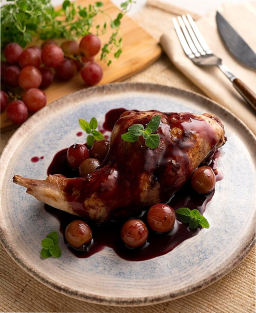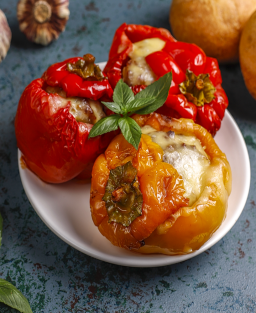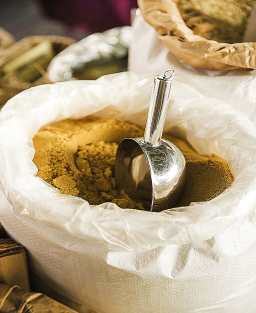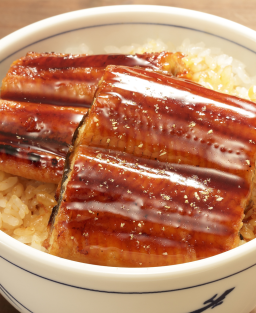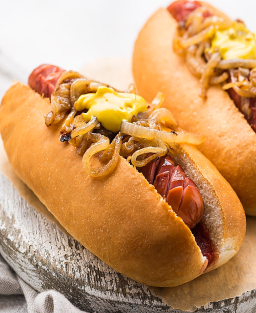- Out-of-Stock
Authentic AOP-Compliant Recipe for Coppa Corse
Authentic AOP-Compliant Recipe for Coppa Corse
What is Coppa Corse?
Coppa Corse is a traditional Corsican cured meat made from deboned pork shoulder, salted, seasoned, encased in natural casing, then dried and aged—sometimes for a minimum of 5 months, according to the AOP specifications.
This tradition is closely tied to the local pig breed called “nustrale,” raised outside the summer season and processed during winter.
Protected Designation of Origin (AOP)
Coppa de Corse holds the AOP status, recognized since 2012/2013, which guarantees its authenticity, territorial link, and compliance with strict production standards.
A typical terroir product
Each slice shows a pinkish to deep red color, with a harmonious marbling thanks to the intramuscular fat.
Its texture can vary from soft to firm while maintaining a pleasant creaminess with a subtle smoky aroma depending on the aging.
It is also recognized for a salty taste with hints of hazelnut, sometimes enhanced by the aromatic herbs of the maquis shrubland.
Production and aging
After salting and seasoning, the Coppa is smoked—often with beech or chestnut wood—and aged in cellars for several weeks or months.
This artisanal preparation is patient and respectful of tradition, giving the charcuterie unique flavors and an unmistakable character.
How to enjoy it?
Coppa Corse is eaten raw, sliced very thin, typically as an appetizer or starter, accompanied by Corsican cheeses, olives, figs, or in traditional sandwiches.
It can also be included in recipes such as salads, pizzas, or pasta to add richness and character.
AOP-Compliant Coppa de Corse Recipe
1. Meat selection and rearing
Only pork from the nustrale breed raised outdoors in forested areas (oak and chestnut woods), finished on acorns or chestnuts for at least 45 days, is allowed.
Pigs are slaughtered between 12 and 36 months, exclusively in winter (November to March), following tradition.
2. Meat processing
Coppa is made from the deboned pork shoulder, dry salted exclusively with sea salt (no preservatives or sugar allowed).
No additives or nitrites are permitted in the traditional process.
3. Shaping and aging
The meat is hand-tied inside natural casing or pork veil, forming a cylinder weighing 0.8 to 2.2 kg and measuring 25 to 35 cm in length.
Natural aging takes place in ambient conditions (cool, ventilated cellar/workshop) for at least 5 months, often 7 to 8 months depending on the producer.
Ingredients and Equipment
-
Deboned pork shoulder (1 to 2 kg), preferably farm or nustrale breed
-
Natural non-iodized sea salt
-
Spices (optional): black pepper, juniper berries, thyme, rosemary, bay leaves, myrtle
-
Food-safe container or tray
-
Natural casing or pork veil
-
Butcher’s twine
-
Clean cloth
-
Cool, dry, and ventilated drying location (e.g., cellar)
-
(Optional) charcuterie netting
Production Steps
-
Trimming
Clean and trim the pork shoulder. Remove nerves and excess fat while preserving good marbling. Shape into a cylinder. -
Salting (2 to 6 days)
Cover the meat completely with sea salt (about 30-35 g per kilo). Add spices if desired. Refrigerate at 4-6 °C, turning daily. -
Rest and desalting
Remove the meat, rinse briefly if needed, and dry thoroughly. Let rest for 1 to 2 days in the fridge to even out the salt. -
Stuffing and tying
Insert the meat into natural casing or wrap in pork veil. Tie firmly every 2-3 cm. Add netting if desired. -
Drying
Hang in a cool (10-15 °C), dry, and well-ventilated place. Let dry for at least 5 months. A light white mold is normal. -
Aging
Continue aging until the weight loss reaches 30-40%. The coppa should be firm on the outside, supple inside.
Serving
Slice thinly. Serve at room temperature, alone or with bread, Corsican cheese, olives, figs, or red wine.
Tips and Precautions
-
Maintain strict hygiene at every step.
-
Do not dry in a refrigerator (humidity and poor ventilation).
-
No nitrites, preservatives, or colorants allowed (per AOP).
-
Drying environment must be stable, ventilated, and not humid.
Mandatory AOP Requirements
-
Nustrale pig breed only.
-
Free-range rearing in natural wooded areas.
-
Finishing diet of acorns and/or chestnuts for at least 45 days.
-
Slaughter only in winter (Nov-Mar), aged 12-36 months.
-
Use of deboned pork shoulder.
-
Dry salting with sea salt only.
-
No sugar, preservatives, nitrites, nitrates, or colorants.
-
Use natural casing.
-
Firm hand or machine tying.
-
Aging and drying under natural or controlled conditions with proper ventilation and temperature.
-
Minimum 5-month aging post-salting.
-
Expected 30-40% weight loss.
Optional or Traditional but Not Mandatory
-
Spices and herbs (pepper, juniper, rosemary, thyme).
-
Natural smoking (e.g., chestnut wood).
-
Charcuterie netting to maintain shape.
-
Post-salting rest for 1-2 days.
Strictly Forbidden by AOP
-
Additives, colorants, nitrates, nitrites.
-
Artificial casings.
-
Freezing or deep freezing of meat.
-
Drying in non-ventilated environments (e.g., domestic fridge).
Conclusion
Homemade coppa can approach the standards but to bear the AOP label:
-
All mandatory conditions (animal origin, processing methods, timings, etc.) must be respected.
-
The workshop must be certified and located in Corsica.











